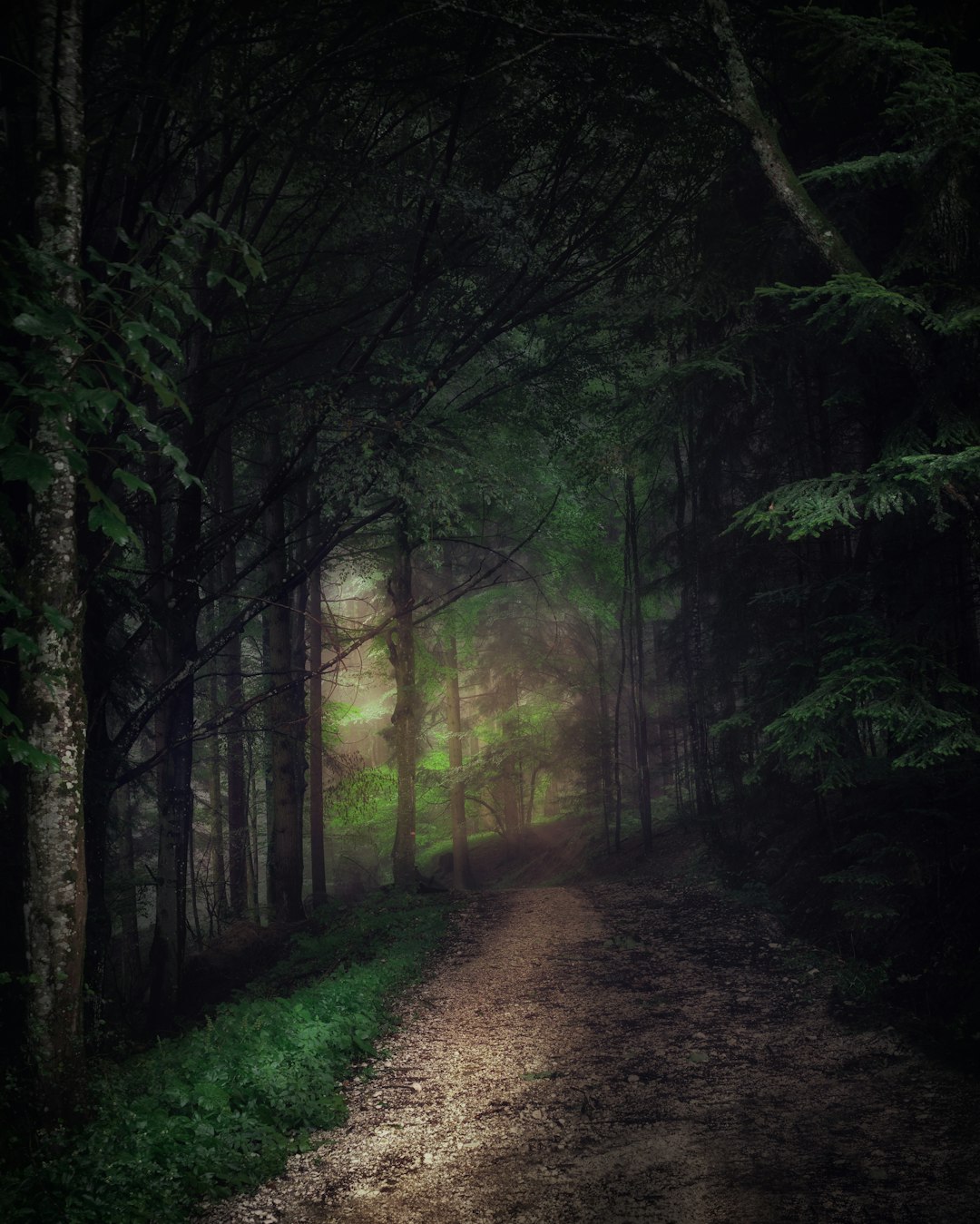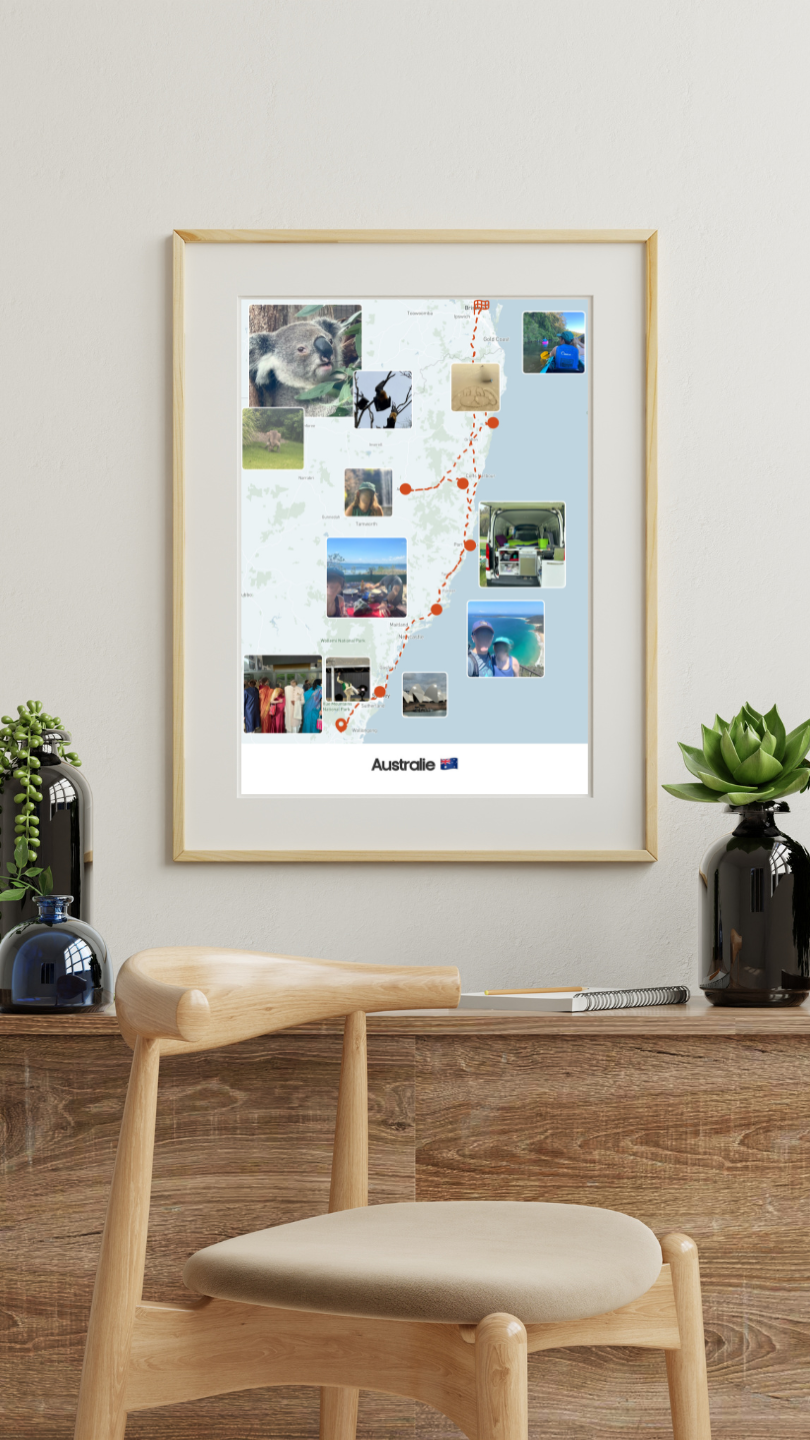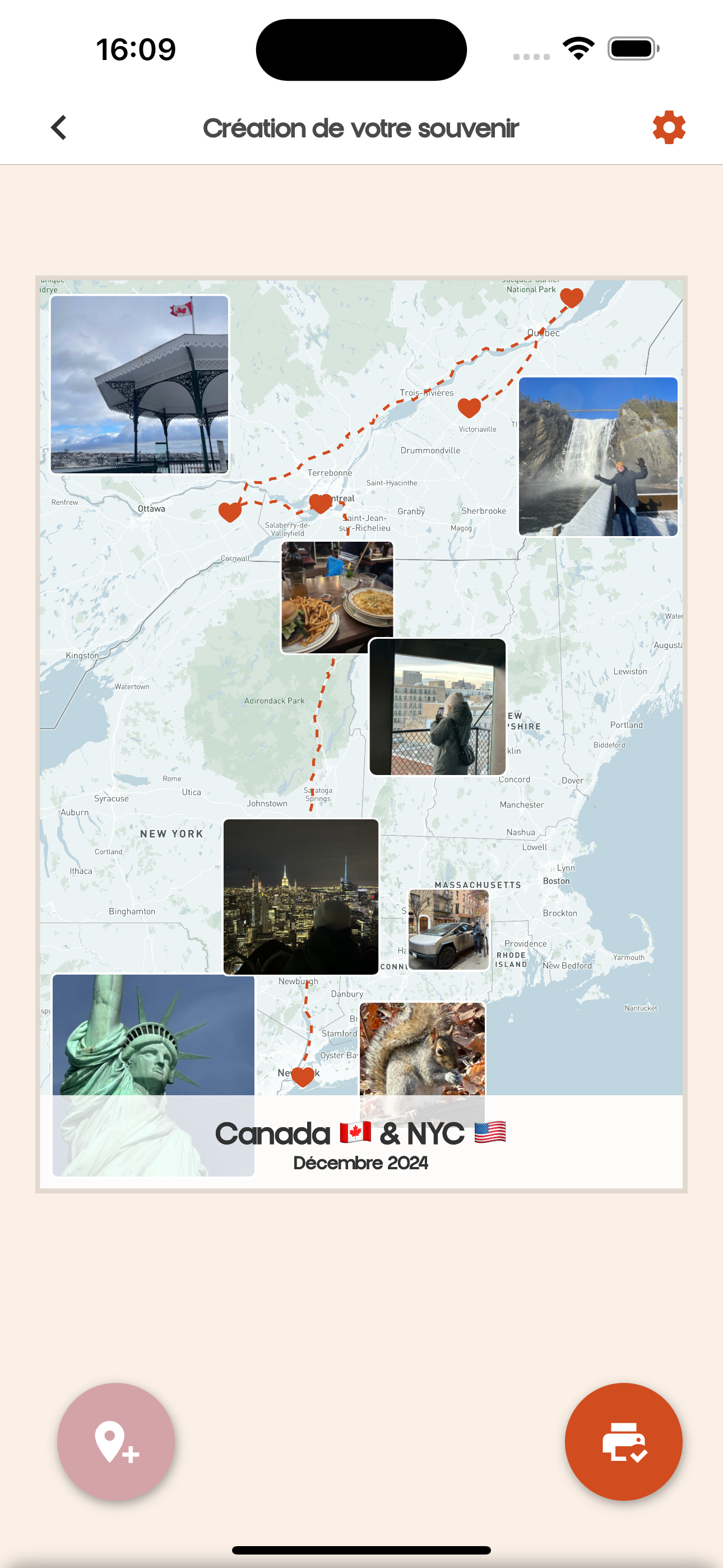The high tourist season often means crowds and endless waiting times at attractions. However, there are fascinating destinations where you can enjoy your trip in peace, away from the masses. In this article, we will explore ten ideal destinations for experiencing your travels with tranquility, whether you dream of deserted beaches or charming towns. Everyone can find an option that suits them! 🌍✈️

1. Introduction - Escape the Crowds in High Season: 10 Destinations to Explore
2. The Azores, Portugal - Peaceful Discovery in High Season
The Azores, a Portuguese archipelago located in the middle of the Atlantic Ocean, are a true treasure for nature lovers. Less crowded than other European destinations, these islands offer a stunning landscape featuring volcanic scenery, crystal-clear rivers, and lush meadows. Activities include hiking, dolphin watching, and bathing in hot springs. July and August can see a slight influx of visitors, but it remains relatively calm compared to other places in Portugal. 🌿🏞️
3. The Rocky Mountains, Canada - Serene Escape to Nature
If you love mountains, the Canadian Rockies are the perfect place to escape the crowds. Banff National Park and Jasper National Park offer breathtaking landscapes with their turquoise lakes, snow-capped peaks, and dense forests. Although July and August are the warmest months, it is possible to find less-traveled trails, especially by exploring less accessible areas. Whether you enjoy hiking, climbing, or simply scenery, you'll find happiness here. 🏔️🏞️
4. The Town of Piran, Slovenia - Tranquil Getaway on the Adriatic Coast
Piran is a charming little town located on the Slovenian coast, often overshadowed by its more popular neighbors like Dubrovnik or Venice. With its cobbled streets, Venetian architecture, and stunning Adriatic Sea, Piran offers an experience of an era gone by. In high season, it is possible to discover this beauty without being overwhelmed by crowds, especially if you avoid weekends. 💙🏖️
5. The Lake District, Italy - Nature and Tranquility
The Lake District in Italy, particularly Lake Como and Lake Garda, is a delight for those looking for a peaceful alternative to Tuscany or Venice. While these lakes attract visitors, you can easily find tranquil villages and less-frequented hiking trails. Summer brings pleasant temperatures ideal for days spent exploring nature, sampling local wines, and enjoying Italian cuisine. 🍷🍝
6. The Fjords of Norway - Grand Nature and Calm
Norway is famous for its majestic fjords, and although tourists visit the country in summer, it is still possible to find quiet corners. Fjords such as Nærøyfjord or Geirangerfjord are breathtaking, but veering off to less accessible areas can offer moments of solitude. Hiking in these regions allows you to appreciate the natural beauty without being disturbed by large crowds. 🌊🌄
7. The Svaneti Region, Georgia - An Adventure Off the Beaten Path
Svaneti in the mountainous region of Georgia is one of Europe's lesser-known destinations. Less touristy, this corner of the world presents dramatic landscapes and a unique culture. With its medieval towers and picturesque villages, exploring Svaneti in summer lets you see nature's beauty while avoiding crowds. Hiking here is also stunning, whether you're with family or friends. 🏔️🏡
8. The Town of Matera, Italy - Historical and Calm
Matera is famous for its cave dwellings and unique history, making it a fascinating destination. While its popularity is rising, this city in southern Italy remains less crowded than other well-known cities like Florence or Rome. By visiting Matera, you can experience its historical atmosphere without the tourist throngs while enjoying local cuisine and exploring its narrow alleys. 🍽️🏛️
9. Salento, Italy - Sunshine and Deserted Beaches
Salento, located in the Apulia region, is another beautiful Italian destination often overlooked by the crowds. With its golden beaches, crystal-clear sea, and rural landscapes, you can enjoy the sun without being surrounded by tourists. Outside of the larger towns, you can find picturesque villages and more secluded beaches to relax and enjoy the moment. 🏖️☀️
10. Conclusion - Finding Your Ideal Destination to Avoid the Crowds
Escaping the crowds during high season is not only possible, but it can also make your trips even more enjoyable. The destinations mentioned in this article offer unique experiences that immerse visitors in the beauty of nature and local culture. Whether you choose the Azores, Svaneti, or the Lake District in Italy, you're sure to create unforgettable moments without the hassle of crowds. Start planning your next trip now! 🌎🗺️
FAQ - Escape the Crowds in High Season: 10 Destinations to Explore
1. What are the best times to visit these peaceful destinations?
The best times to visit include months like May, June, or September when the weather is pleasant but crowds are fewer. Planning around less popular times, such as weekdays, can also help avoid large groups.
2. What is the significance of traveling off-season?
Traveling off-season allows not only for clear landscapes but also savings on accommodation and activities costs. Additionally, a more authentic experience is often guaranteed as you can interact with locals without the tourist hustle.
3. What is the difference between mass tourism and responsible tourism?
Mass tourism usually involves overcrowded visitors in popular areas, which can harm both the environment and the local culture. Responsible tourism, however, promotes ethical practices and sustainability by encouraging travel to lesser-known destinations.
4. How can I find activities to do in less-visited destinations?
To find activities, search for local blogs or specialized websites about these destinations. Local tourist offices can also provide information about guided tours or events where you can receive personalized attention.
5. What types of accommodations should I prioritize to avoid crowds?
Consider small hotels, bed and breakfasts, or even guesthouses for a more intimate experience. Avoiding busy hotel chains and choosing unique accommodations helps reduce the chance of crowds.
6. What activities are ideal in lesser-known areas?
Hiking, discovering local gastronomy, exploring culture, and wildlife watching are excellent activities to emphasize in lesser-visited areas. Getting lost on unmarked trails can also lead to unforgettable discoveries.
7. Is high season always to be avoided?
Not necessarily! Some destinations may have unique festivals or events in high season worth attending. Planning smartly can help you enjoy the benefits of high season while avoiding peak times.
8. What transportation means should I use to explore these peaceful destinations?
Public transport, car rentals, or even hiking can be great ways to discover these destinations. Avoiding major cities in favor of road travel allows you to appreciate the scenery.
9. How to prepare for an "off the beaten path" trip?
Researching the destination, bringing provisions, checking travel conditions, and ensuring you have a good map are important steps toward a successful adventure. Being prepared to adapt to unforeseen situations is also crucial.
10. Are there recommended apps for traveling off the beaten path?
Apps like Maps.me, AllTrails, or even TripAdvisor can be helpful in exploring lesser-known routes or alternative activities. Word-of-mouth and social travel platforms can also provide good recommendations.






